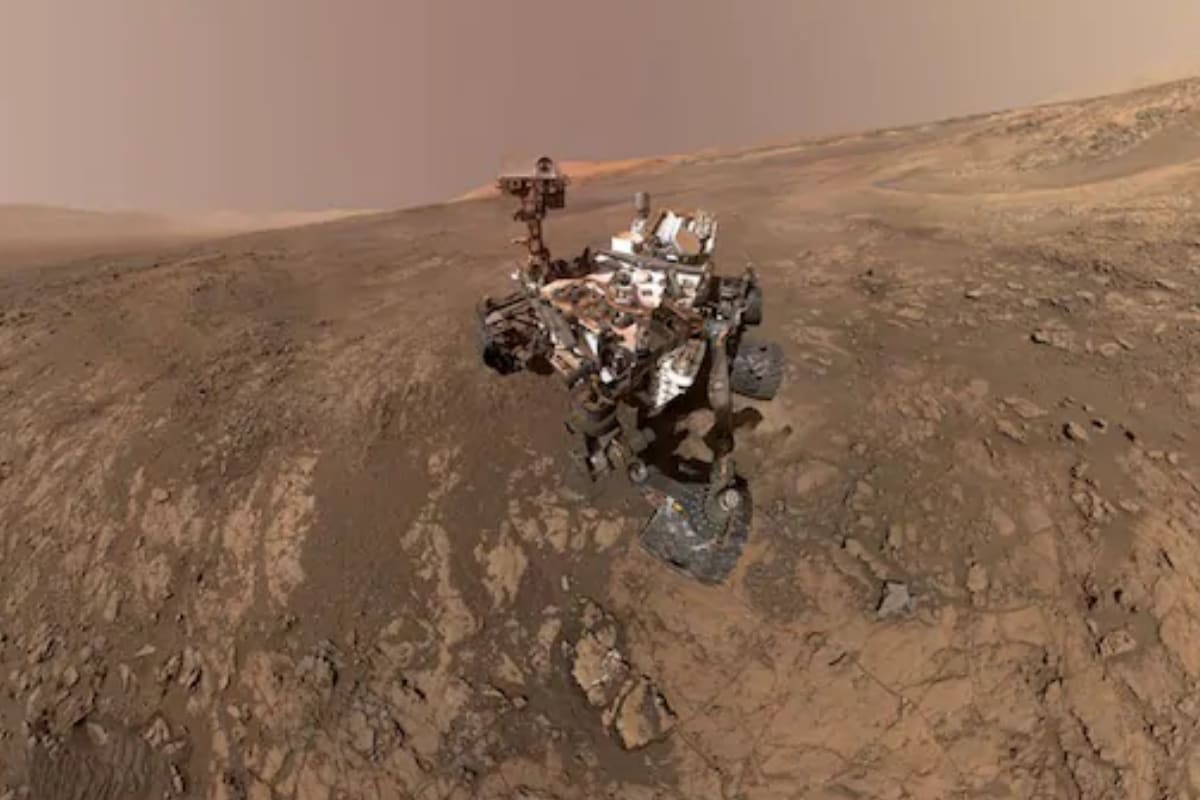
The National Aeronautics and Space Administration (NASA) rover, Curiosity, has completed 3,000 Mars days, or sols, on the red planet. Curiosity reached Mars on August 6, 2012. Upon completion of this milestone, the space agency shared an official note citing the discoveries Curiosity has made so far.
In the note, NASA mentioned that Curiosity made quite a few discoveries during its gradual ascent to Mount Sharp. It has been investigating the 5 kilometer high mountain since 2014. One of the photos arriving via Curiosity left scientists shocked when it showed a series of rock “banks” in the mission’s most recent panorama. On November 18 last year, a total of 122 photos taken by Curiosity were merged from the 2946th sol of the mission. The series of beautiful photos was clicked by the Mast Camera, or Mastcam, which is considered the rover’s eyes.
The note mentioned that the curved rock terraces you see in the photos can be formed when there are harder and softer layers of rock on a slope. Explaining how it happens, the agency said that when the softer layers start to erode, the harder layers form small cliffs. This process leaves some bank-like formations. These formations can also occur during a landslide.
Ashwin Vasavada, project scientist, Curiosity, Jet Propulsion Laboratory in Southern California, NASA said, “Our science team is excited to find out how they came to be and what they mean for the ancient environment within Gale.”
Previously, this rover has accomplished quite a few things, such as finding evidence that the red planet once had permanent liquid water and discovering that the planet was once fit for life. Furthermore, it has also discovered that organic carbon molecules, the building blocks of life, are also available on Mars. The rover was also able to send evidence of methane present and active in the Martian atmosphere; it has also detected levels of radiation that could be hazardous to human health. One thing it made is that the atmosphere of Mars was much thicker in the past than what it is today.
Meanwhile, Curiosity will soon be getting some company on Mars. The space agency is set to dispatch another rover named ‘Perseverance’ in February this year. The main purpose of this rover is to return samples from Mars to Earth. This mission will also be the first round trip to another planet.